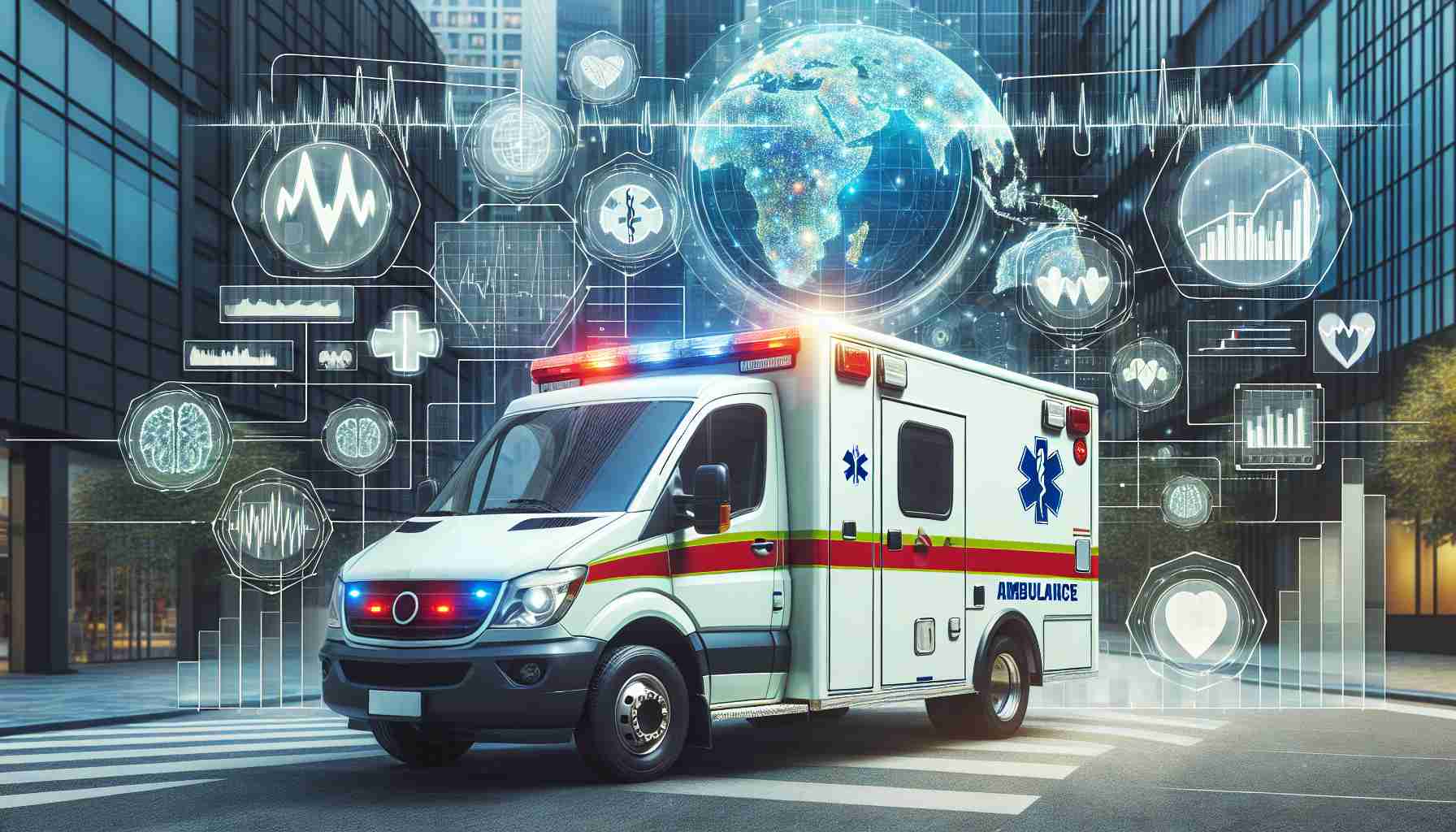A significant number of individuals are not captured in traditional health statistics due to their interactions with ambulance services instead of hospitals or GPs. In a recent study of ambulance data in England, it was found that a substantial portion of patients treated by the Yorkshire ambulance service did not end up at a hospital, particularly those with mental health concerns.
The analysis highlighted that conditions like mental health issues, substance misuse, and self-harm might be vastly underreported if solely relying on hospital data. For instance, data on mental health calls from under-18s showed a stark disparity between hospital admissions and ambulance calls, indicating a potential gap in understanding the true extent of mental health needs among young people.
Experts emphasized the importance of incorporating ambulance data alongside hospital records to gain a more comprehensive view of health trends, especially in populations facing socio-economic challenges. The study revealed that individuals in deprived areas were more likely to seek ambulance assistance for issues like mental health and breathing difficulties, shedding light on disparities in healthcare access.
This innovative approach of utilizing ambulance data offers valuable insights that could serve as an early warning system for healthcare providers. By leveraging this data to identify trends and gaps in services, health systems can better tailor interventions and support for vulnerable populations, ultimately moving towards a more proactive model of healthcare delivery.
New Insights Unveiled by Ambulance Data Analysis
In delving into the realm of health patterns, ambulance data has emerged as a trove of valuable information that enriches our understanding of hidden health issues. While the previous article touched upon the significance of utilizing ambulance data to capture individuals not accounted for in conventional health statistics, there are additional insights and complexities surrounding this innovative approach that merit exploration.
Key Questions:
1. How does the integration of ambulance data with other healthcare records enhance public health surveillance and response?
2. What are the challenges in standardizing data collection practices across different ambulance services and regions?
3. What ethical considerations arise from utilizing sensitive health information derived from ambulance interactions?
Answers and Considerations:
1. Ambulance data not only provides a real-time snapshot of health emergencies but also unveils patterns and trends that may go unnoticed through traditional data sources. By combining this data with hospital records, public health officials can gain a more comprehensive understanding of community health needs and tailor interventions accordingly.
2. Standardizing data collection practices across diverse ambulance services poses a significant challenge in harmonizing data formats, coding systems, and privacy protocols. Establishing interoperable systems is crucial for enabling seamless data sharing and analysis on a broader scale.
3. The use of ambulance data raises concerns regarding patient privacy, consent, and data security. Striking a balance between leveraging valuable health insights and safeguarding individual confidentiality is paramount in the ethical utilization of this data.
Advantages and Disadvantages:
Advantages:
– Early Detection: Ambulance data can serve as an early warning system for identifying emerging health trends and outbreaks.
– Targeted Interventions: By pinpointing high-risk populations and regions, healthcare resources can be allocated more effectively to address specific health needs.
– Enhanced Preparedness: Analyzing ambulance data enables healthcare systems to proactively anticipate demands and optimize emergency response strategies.
Disadvantages:
– Data Fragmentation: The diversity of data sources and formats in ambulance services can hinder seamless integration and analysis.
– Privacy Concerns: Balancing the benefits of data-driven insights with the privacy rights of individuals presents an ongoing challenge.
– Resource Constraints: Implementing robust data analytics capabilities and infrastructure to harness ambulance data effectively requires significant investments.
In navigating the landscape of ambulance data utilization, ongoing dialogue and collaboration among stakeholders are essential to maximize the potential benefits while addressing associated challenges. By harnessing the power of this unique data source responsibly, healthcare systems can unlock hidden health patterns and steer towards more targeted and proactive care delivery.
For further exploration on the intersection of data analytics and healthcare, visit Healthcare Informatics News.
